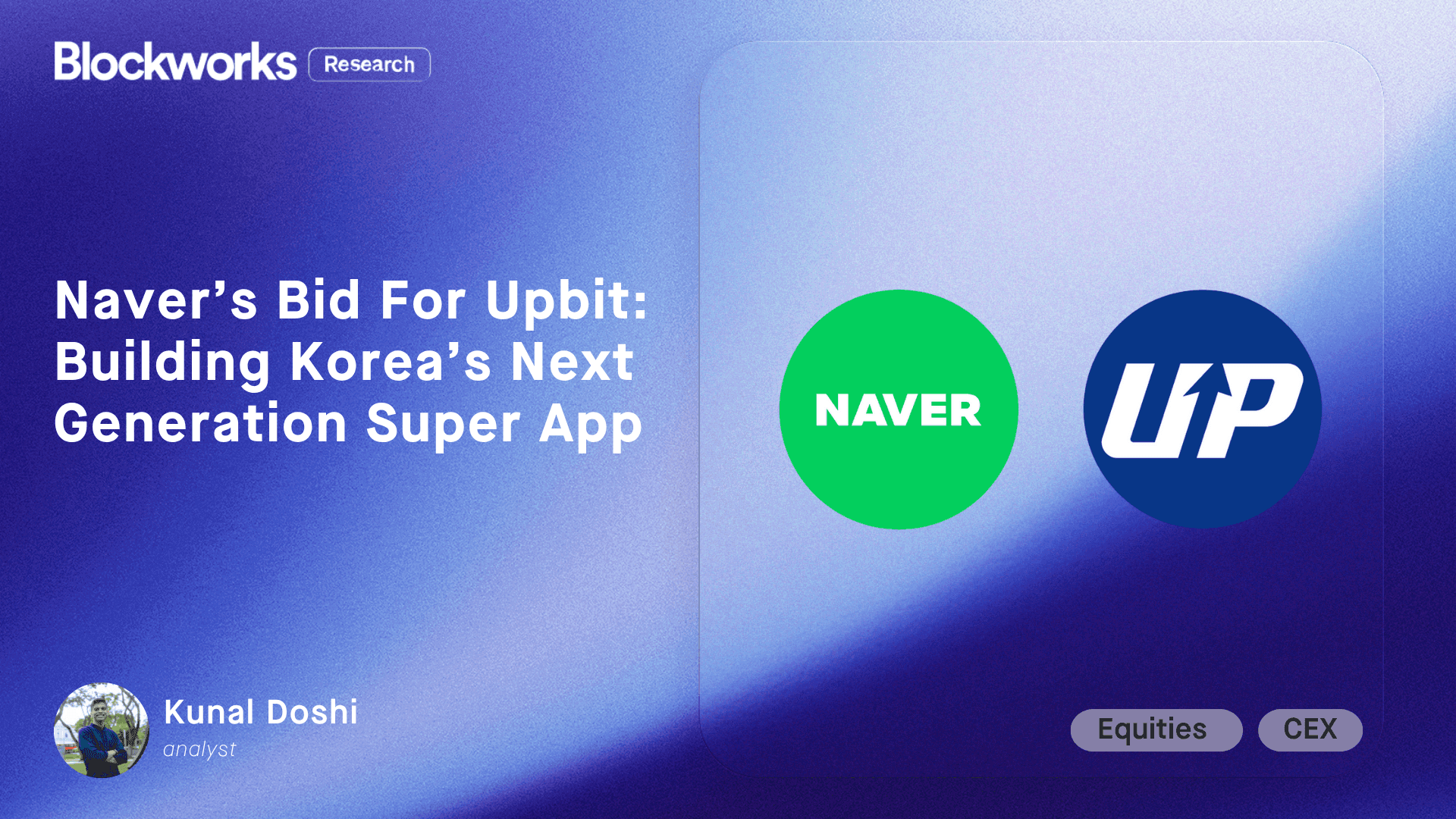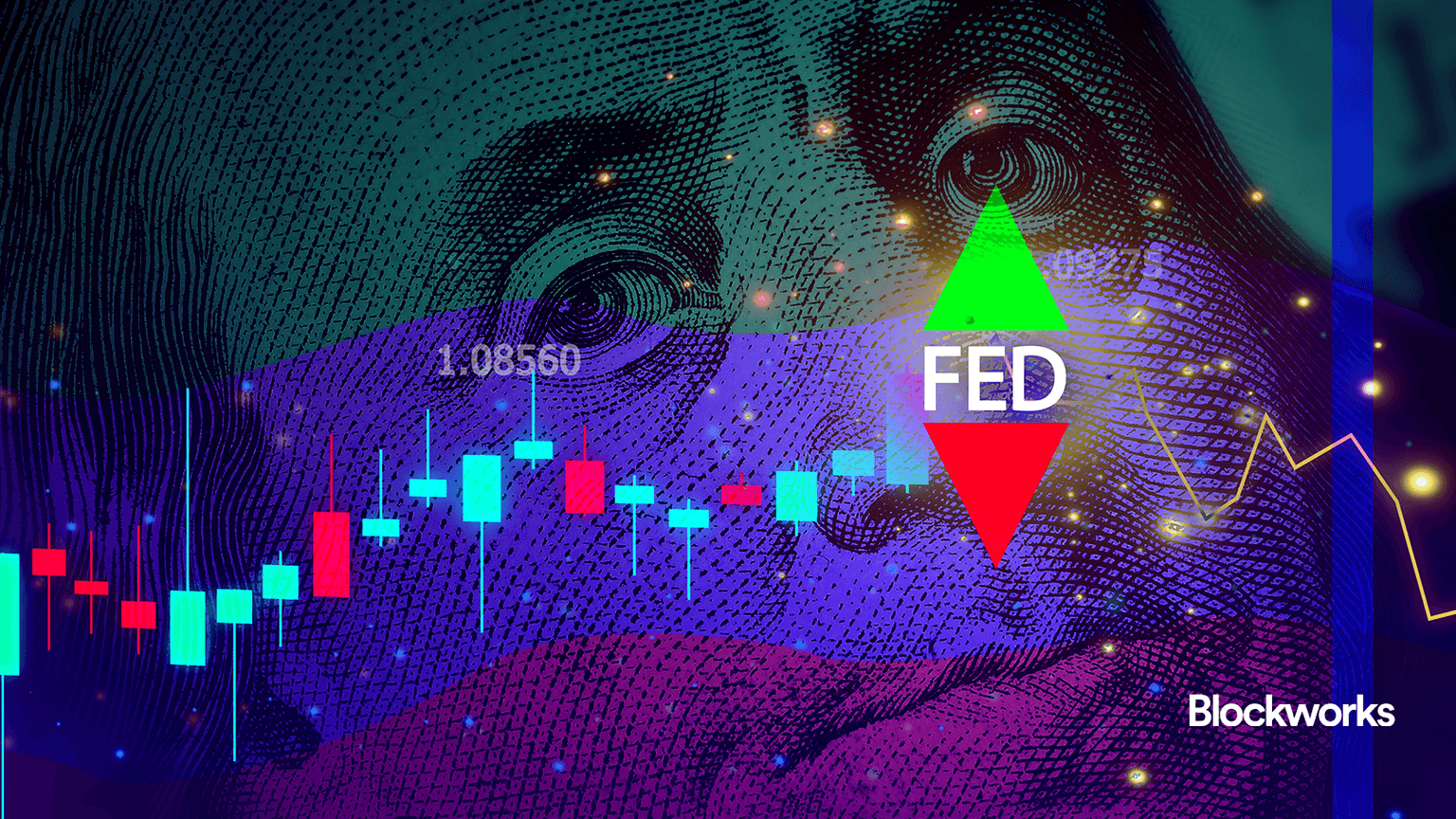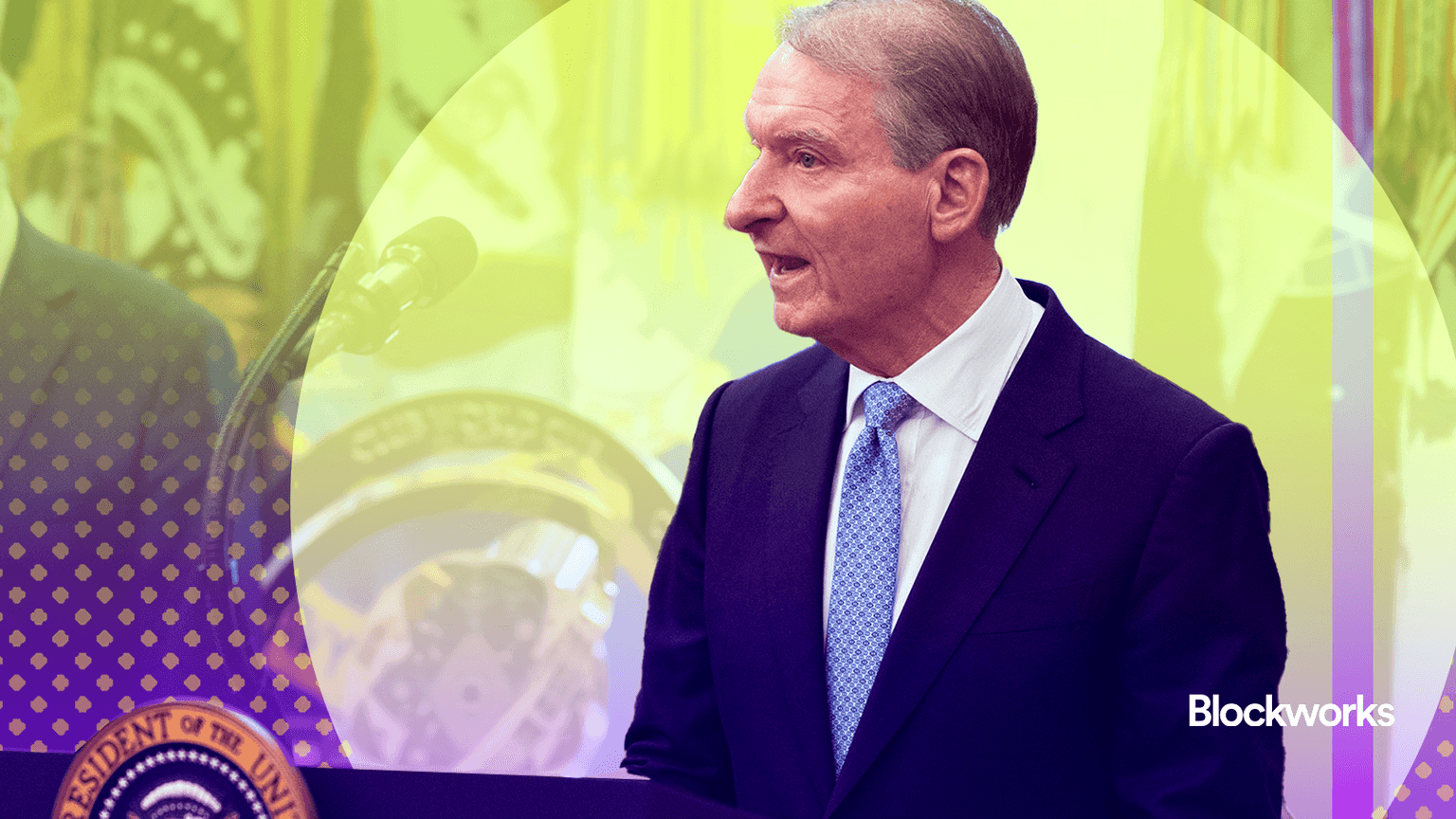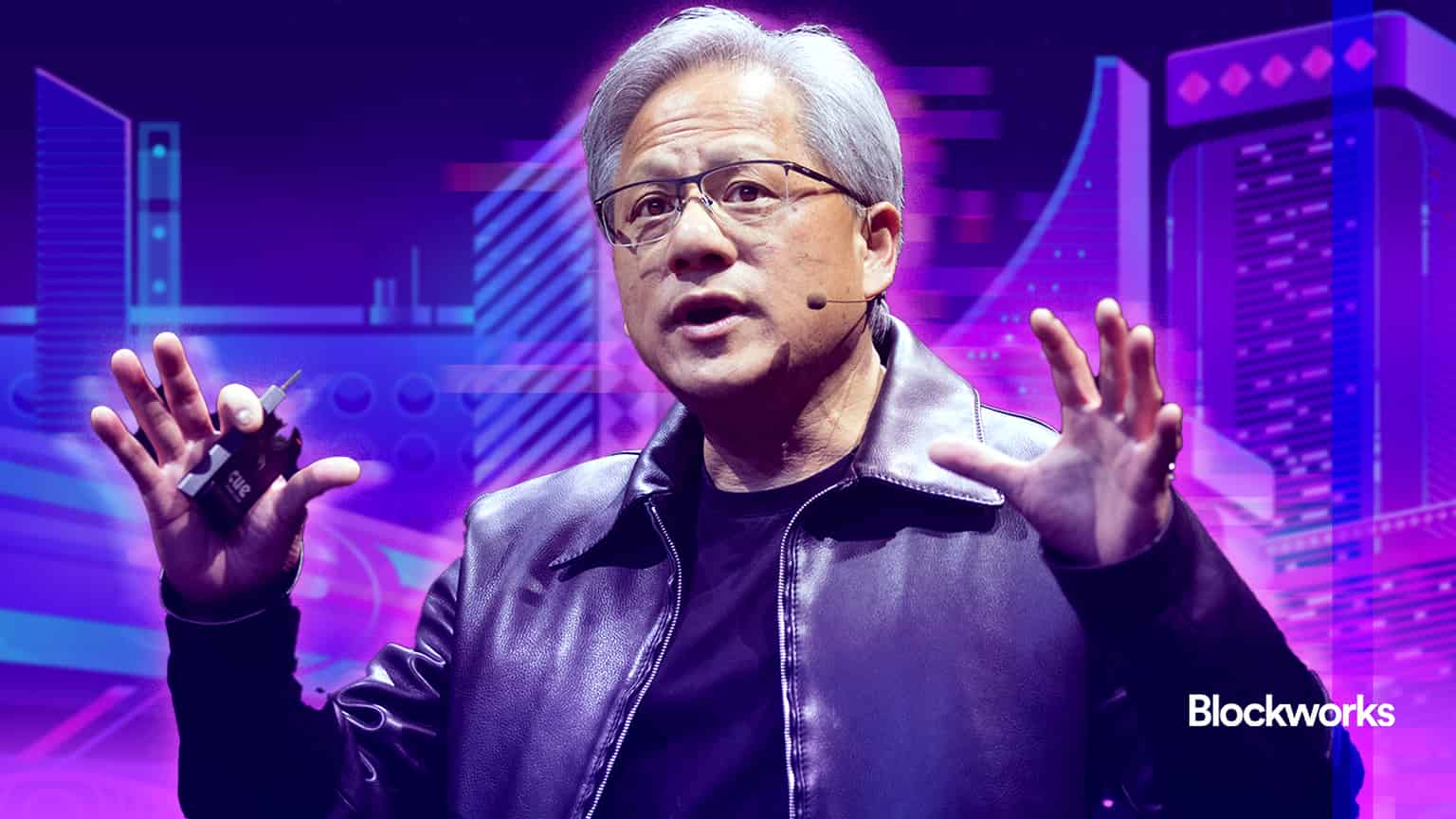Valkyrie ‘doesn’t see a need’ to make bitcoin ETF wallet addresses public
While some financial advisors aren’t ready to allocate customer money to bitcoin ETFs yet, there’s been an uptick in interest for “bitcoin adjacent” ETFs
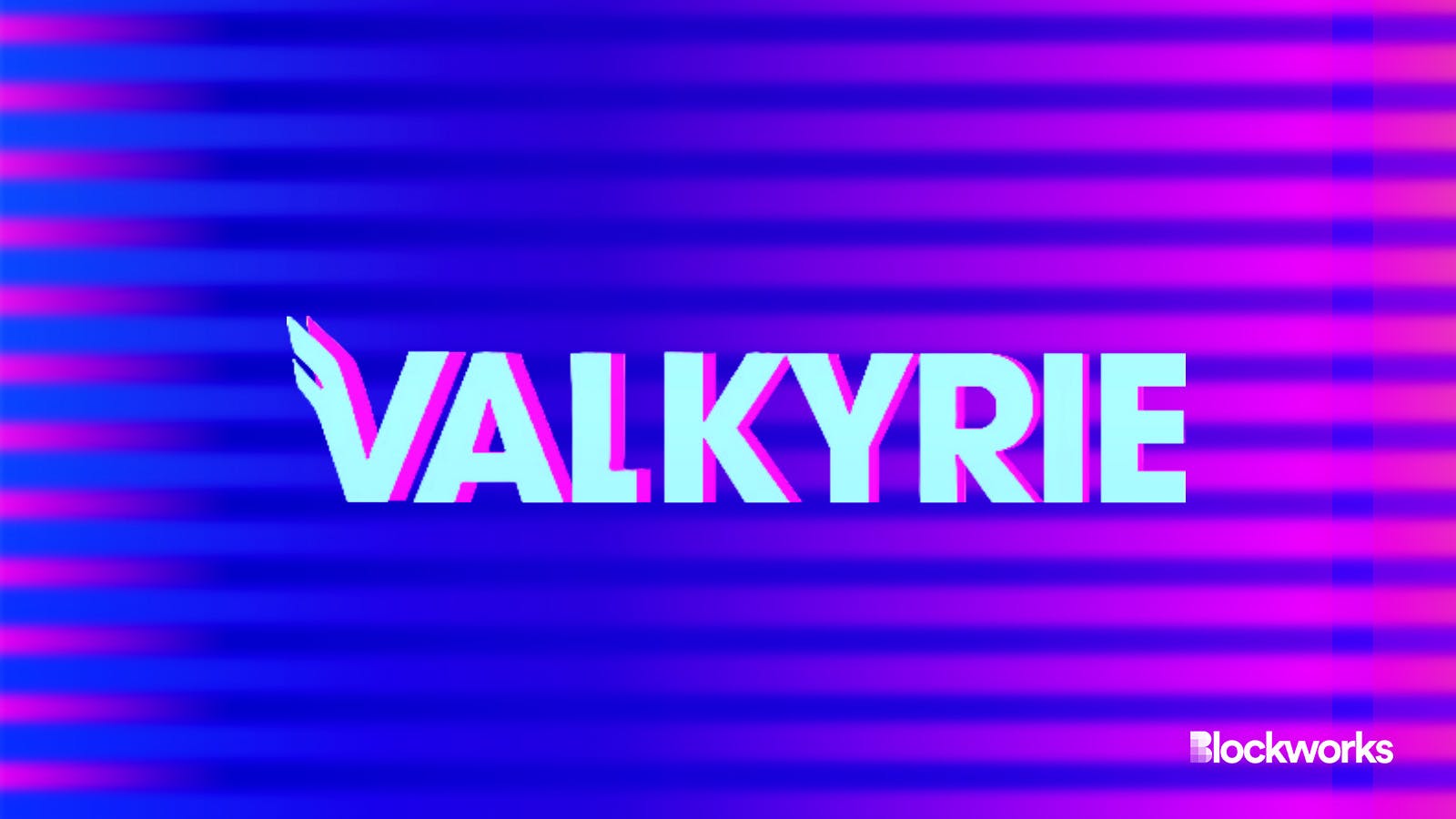
Valkyrie and Ary Prasetyo/Shutterstock, Adobe modified by Blockworks
It’s been a little over a month since the bitcoin ETFs received regulatory approval to launch in the US.
It was a rocky start at first, with outflows from Grayscale’s spot bitcoin ETF — which was converted from a bitcoin trust — outpacing inflows. To add to that, former exchange FTX also unloaded shares of the ETF.
However, last week’s inflows came in at $1.1 billion, which is much higher than the $415 million of outflows from GBTC.
Read more: A month after launch, spot bitcoin ETF weekly net inflows hit new high
“US-based spot Bitcoin ETF net flows are consistently positive, while sell pressure from Grayscale Bitcoin Trust outflows is abating,” Thomas Perfumo, Kraken’s head of strategy, told Blockworks.
Valkyrie co-founder Steven McClurg sat down with Blockworks to talk about their bitcoin ETF, which launched alongside BlackRock, Fidelity and a handful of others back in January.
McClurg also touched on why the firm opted to add BitGo as a second custodian for BRRR.
Keep reading for excerpts from Blockworks’ interview.
Blockworks: What have these first few weeks since launch been like for Valkyrie?
Steven McClurg: Our ETF AUM has doubled in the last two weeks so that’s fantastic. I think, on a relative basis, we’ve probably done the best out of all of the competitors given that it’s 100% increase in AUM. It’s also brought attention to some of our other products, like bitcoin miners, and that has seen an uptick in inflows as well.
Blockworks: You dropped your fee to stay competitive with the group. We’ve seen a couple of others follow suit since launch. From a fee perspective, these are some of the lowest we’re seeing out there. Can you talk about that?
McClurg: We didn’t expect to see a fee war for the first couple of years but we’re there now. What you don’t want to be is the outlier in fees. A couple of issuers did make that mistake and they suffered for it. But as long as you’re within the range of 20 to 35 basis points, there’s no correlation between your inflows, AUM, and your fees. Now, if you’re an outlier outside of 35 basis points, it does have a negative impact. So we watch that pretty closely. We lowered our fees — we’re not the cheapest, but we’re not the low-cost provider as well. We think about things [like] cybersecurity and other issues that are extremely important when it comes to managing bitcoin, and we want to make sure that we have padding. Fees make sure that we can cover those concerns.
Blockworks: Speaking of cybersecurity, Valkyrie’s the only one to announce a secondary partnership to custody bitcoin for the ETF, right?
McClurg: That’s correct. Bitcoin custody doesn’t fall under the custodian role, which allows you to have a fully separated special-purpose vehicle for the purpose of custodying securities because bitcoin isn’t a security. I’m old enough to remember when all the large banks fell during the financial crisis, and if you were a trader back then — which I was — if you were only trading with Lehman Brothers or Bear Stearns for your commercial mortgage-backed securities, then you had some issues when those banks fell. We believe in a multiple custodial approach when it comes to bitcoin, and not just keeping all your coins in one wallet.
Blockworks: Some issuers have made their wallet addresses public, though some are also opting to keep that information private. What are your thoughts?
Read more: Bitwise publishes bitcoin ETF holdings address after on-chain sleuths uncover BlackRock’s
McClurg: I don’t see a need to make the wallets public. We, as everyone else who has an ETF, utilize a fund administrator who also doubles down as a qualified custodian of cashing securities, ours being US Bank, and they have access to the wallet information. They know where it is and what’s in it. I think it’s nice that some people put the wallet address out there, but it does pose a major cybersecurity risk, and that’s not something we would do.
Blockworks: Do you think the next hurdle, not that we’ve kind of seen the fee war play out ahead of your timeline, are ad spends for bitcoin ETF issuers?
McClurg: I think a handful are going to spend quite a bit of money on ads…we’re looking at this as a marathon, not a sprint. Our focus is just elsewhere, we’re spending time educating financial advisors, and educating the general public on what bitcoin is and how this is a great allocation for their portfolio. I think, generally, the advertising plays more to the retail market, and the retail market is pretty baked in as far as AUM. The next step is going to be financial advisors, and institutions.
Blockworks: Have you had conversations with those financial advisors?
McClurg: Absolutely. Overwhelmingly, the response is that they’re not ready yet. [We expected] that it would take one to three years for financial advisors, at least from the larger platforms, to move client money into bitcoin. I think it’ll end up being very similar to the way allocations for gold went, with 1% to 2% being allocated to protect against inflation in the long run. We’ve also experienced a lot of interest in our bitcoin mining ETF and that has thrived in this environment as they look for something bitcoin adjacent. That’s where we expect to see the flows come in over the next year, and then bitcoin ETFs over the next one to three years.
This interview was edited for brevity and clarity.
Get the news in your inbox. Explore Blockworks newsletters:
- The Breakdown: Decoding crypto and the markets. Daily.
- 0xResearch: Alpha in your inbox. Think like an analyst.
